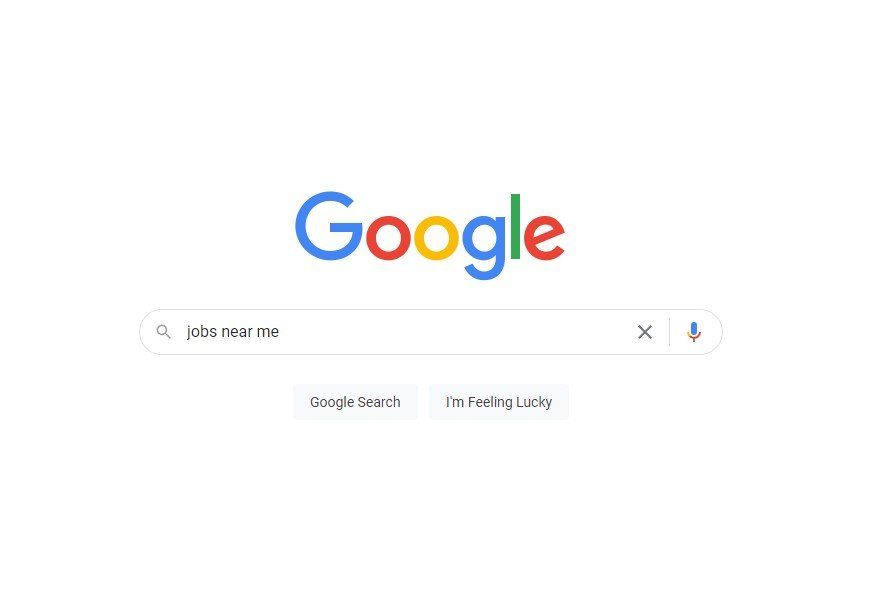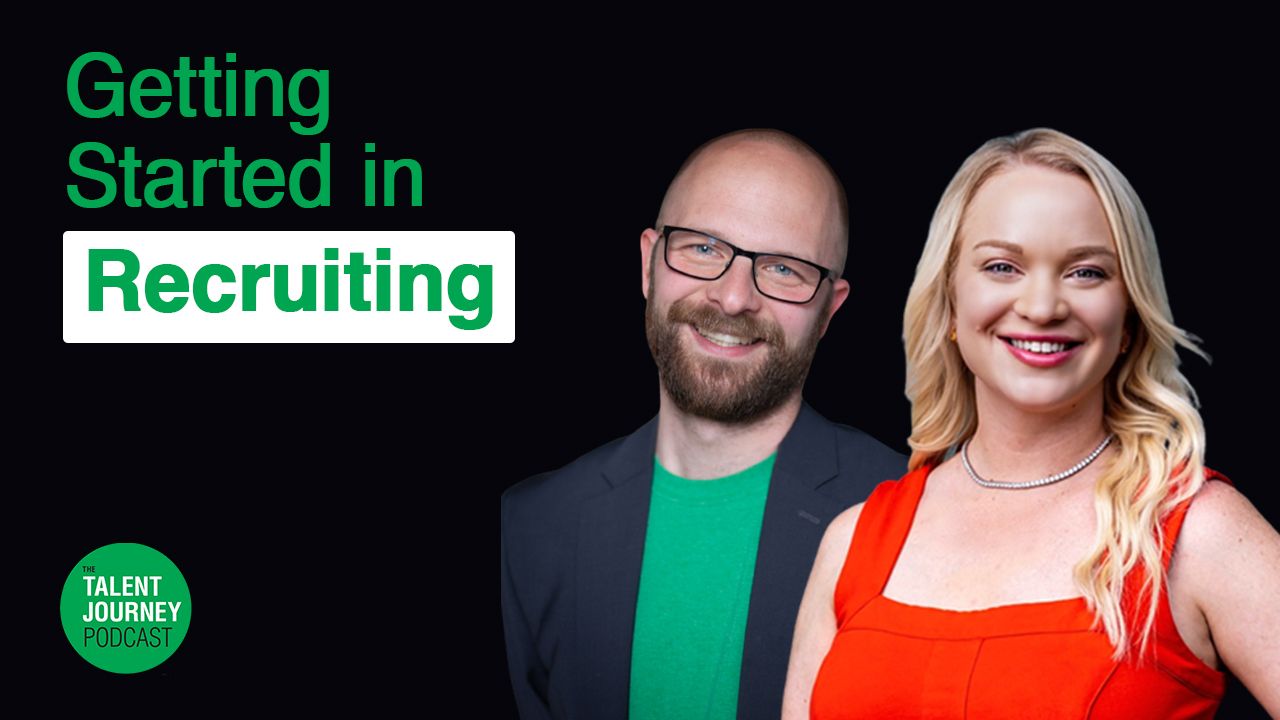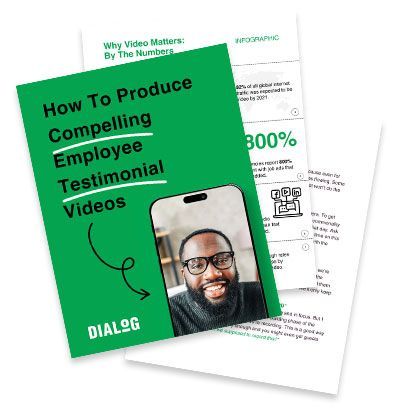Go where the people are: using Google Jobs, Google Ads, and YouTube Ads for recruiting

Did you know that over 70% of job seekers start their search on Google?
They could be looking for new career ideas (e.g. “jobs in healthcare”) or specific jobs based on their personal experience (e.g. “retail jobs near me”). They could be looking for salary information (e.g. “machinist salaries wisconsin”) or they sometimes look up what it takes to do a job (“cna certification”).
But you know who’s often not showing up for most of these search results? Local jobs like yours.
Without billions of monthly visitors, Google is a huge missed opportunity for most employers who have no idea that there’s an entire job research process happening millions of times per day away from the job boards.
Here’s a breakdown of the top three Google products I recommend employers use to get their jobs in front of more candidates.
YouTube Ads
Passive candidates are people who aren’t on the job boards yet who are open to a new job should the right one come up. The problem is they’re not looking on Indeed. You’ll never reach them with your job ad there. But they make up the majority of the workforce in America, over 70% in fact. That’s where YouTube Ads are helpful. You’ll get your video in front of thousands of viewers at a low cost. And those who are interested in your ad will click on the videos to visit your website where they can learn more about your culture, your pay, and the details of your workplace. YouTube Ads are a great tactic for attracting passive candidates who have never heard of your company but are open to new opportunities. Be sure to mention pay and benefits, but make your company culture front and center in these types of ads to attract folks who aren’t just looking for a pay hike but want a job that aligns with their values. This emphasis on culture and your values as a company will help you attract better quality candidates.
Google Search Ads
Google Search Ads are the ads that come up at the top of the page when you search for something. And they get clicks from people. In fact, they get so many clicks that it’s how Google got to be so big. It was all thanks to their advertising revenue.
Google Search Ads are perfect for active job seekers. As opposed to passive job seekers, active job seekers are online looking for a new job. The nice thing about Google Search ads is that they show up right at the top of the page before Google Jobs or organic search results, giving your company’s job top-tier attention. When you create Google Search Ads, make sure you mention items such as pay ranges and your top benefits to get clicks from candidates. Although mentioning your culture is 100% recommended, pay and benefits are what draw most active job seekers to apply to your job.
Google Jobs
Not be confused with Google Search Ads, Google Jobs are a newer feature of Google many employers have never heard about. Essentially, Google Jobs is a job board on Google. It pulls job information from your Applicant Tracking System (ATS) or from your website, as long as your website has the correct code set up on it. To get your job descriptions on Google Jobs, check to see if your ATS integrates with it. If you’re not sure, a quick Google Search will reveal it! If you don’t have an ATS, ask your website developer to add code to your website so that your job descriptions can show up there automatically.
But don’t forget
When someone clicks on your ads, they need a place to go to learn more. So remember to have a really decent hiring page or website up and running before you ever start advertising. Make sure your jobs are easy to apply to, e.g. under 5 minutes. And make your pay public. You’ll get a bunch of clicks but very few applications if you can’t make your pay ranges available as candidates don’t want to apply to jobs anymore just to find out pay.
Also, if you’re not tracking the results of your ads, such as cost-per-click or click-through-rates or applications-to-hires, you’re never going to know how well your ads are doing. But the beauty of digital marketing is that you can track all of this. And when certain numbers start to dip, you can make adjustments to improve your results. An example of this is when your video cost-per-view goes up after a few months, you might decide it’s time for a new video ad due to ad fatigue (that’s when so many people have seen the ad, less and less people click on the ad, so your cost to deliver the ad to more people starts going up).
Embracing the new online world of recruiting is needed to even have a chance of attracting job applications. These are just a few of the tactics we use here at
Dialog for our clients. If you’re ever stuck on these or have questions,
reach out to me. I’d love to help.
Justin Vajko (vay-koh) is a speaker and award-winning marketer who is passionate about connecting great employers to great employees. Justin has seen too many fantastic companies struggle to recruit efficiently. That's why he and his company Dialog help employers generate more job applications from qualified applicants by building their reputation online using video. Justin lives in Chippewa Falls, Wisconsin with his wife and three kids in their first home where he’s on a steep learning curve wrangling non-working appliances and fixing leaky faucets. Have any tips for how to properly mud drywall? Let Justin know on LinkedIn.




